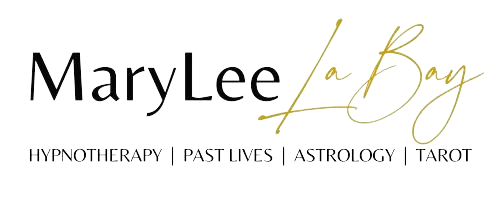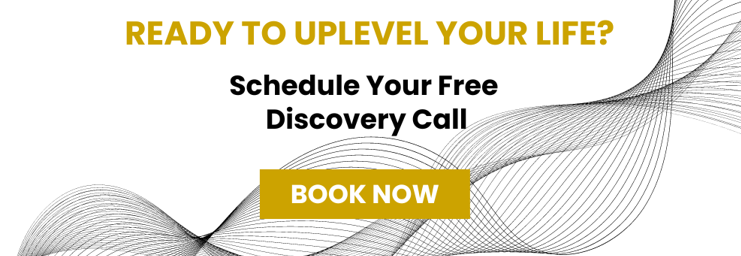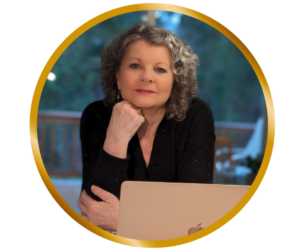In an ideal world, we would maintain a state of balanced emotions. However, life brings us experiences that have created anxiety, anger, or frustration. These bottled-up emotions are buried deep inside, ready to flare up at the least provocation, often causing damage in relationships.
In the following post, I’ll discuss triggered emotions, why they happen, and how to control them.
What are triggered emotions?
Have you ever overreacted to a comment and later wondered why? Reflecting on these experiences, did your response resolve the situation, or did it make it worse?
A triggered emotion is a response that is initiated (triggered) by an event, comment, or situation that connects with a typically unconscious, negatively charged memory, which then sets off and compounds reactionary behavior. It’s like bringing two wires together, and sparks start flying.
Perhaps you’ve been a party to such a chain reaction when an otherwise insignificant event or comment turned into a full-scale fight. Later, you wonder why you reacted in such an exaggerated way. Surely, whatever was going on at that moment didn’t warrant that response.
Client Case Study: Emotional Triggers in Relationships
Lora scheduled her appointment with me directly after an explosive event that threatened to ruin her beautiful relationship with her true love.
Dan said something that, in itself, was harmless. He had made a choice about his eating habits that were not aligned with what was their usual comfortable routine. He claimed his new routine was what he thought would work better for him, but it was at odds with what Lora, a health care provider, thought was a healthy lifestyle. This wasn’t really the end of the world, and from the outside, it would appear to be a rather simple disagreement with practical solutions, but that isn’t how it played out.
Lora described her triggered emotion at that moment as if an atomic bomb went off. Bam! She was deafened, blinded, afraid, recoiling, and needed a good six feet of space from him. It was a shock reaction. She was disoriented. She was alone.
Lora knew she had over-reacted and knew that his words had hit against something deeper inside of her. She also knew this was hers to work through and resolve.
As we proceeded in her session, she went back to when she was an infant. Her parents were distracted and aloof. She felt she never was tethered to them, adrift, invisible, left to fend for herself. This impression has remained with her all her life.
Throughout her life, she put all her fears, stress, and uncertainty into what she described as a fish tank located in her core. As she took risks or faced challenges, those negative, uneasy feelings were stored there and kept contained.
At the moment Dan said those simple words, it hit like a perfectly placed tap that unexpectedly cracked the walls of her fish tank. It was like an explosion, with water gushing out in all directions, exposing everything and bringing her to her senses in one flash.
How often do we have that one simple tap that cracks everything open? The spark that ignites a wildfire?
We see it in the world, in the news, and if we are willing to look, we see it in ourselves. We won’t fix the world until we fix ourselves.
After a couple more steps in my session with Lora, accessing past memories and how they manifested as blocked emotions, she declared that the fish tank was gone, and although it was still a bit raw, the emotions were released, “The chi is now flowing,” she said.
Days later, Lora stated that all was well between her and her husband, and the work was holding nicely. She was free of decades of the burden that had created such a flashpoint.
Coping With Triggered Emotions
What follows now is a simple exercise for controlling emotions. The next time you feel emotionally triggered, regardless of how small the situation, take a deep breath and step back. Ask yourself the following questions:
- What is the feeling of this response?
- Where does it land on my body?
- If I could draw a picture of it, what would it look like?
- What does that represent?
- How old do I feel?
- What am I really feeling?
- What do I really need in this situation?
- How can I respond so I get what I really need?
Here are the same set of questions, this time with Lora’s answers in brackets so you can see how it tracks the story.
- What is the feeling of this response? (Explosion)
- Where does it land on my body? (Core)
- If I could draw a picture of it, what would it look like? (Fishtank breaking)
- What does that represent? (Pent up fears, stress, uncertainty – now flooding out)
- How old do I feel? (Three years old)
- What am I really feeling? (Untethered, alone, invisible)
- What do I really need in this situation? (To feel connected)
- How can I respond so I get what I really need? (To communicate, ask for true needs)
The last step may require the help of your therapist to be completely resolved. If you’d like help dealing with emotional triggers, whether they are reactions in the workplace, in relationships, or in any situation, I can help. Book a complimentary Discovery Call with me. Together, we’ll find a solution and pathway to your desired lifestyle.
Ending Thoughts
We will all have our complex emotions triggered at some point in our lives. You may have examples of these events fresh in your memory. You likely have a go-to knee-jerk reaction no matter what the situation. Is your pattern to lash out, give the silent treatment, or run away? When we have unconscious reactions that are habitual and out of proportion to the event at hand, it’s time to examine the root cause and the underlying need and find new ways to control emotions.
If you have any questions, please feel free to post them below in the comments. I look forward to hearing from you!



